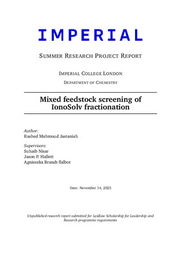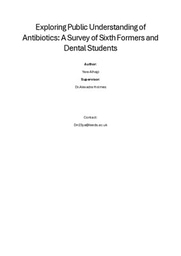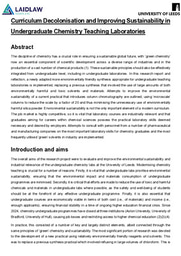Project Outline: The impact of face-like and non-face-like light stimuli on fetal eye behaviour in utero: a study considering maternal mental health and fetal facial research methodology.

Supervisor: Professor Dr Nadja Reissland, Department of Psychology, Durham University.
Project background
My research project will be split into two sections: conducting a critical literature review of existing research on fetal behaviour in response to light stimuli, and work in the Fetal and Neonatal Research Lab at Durham University. The overall aim of the project is to learn more about the visual and cognitive development of fetuses in the third trimester of pregnancy, including how maternal mental health affects this.
I will conduct a literature review of existing research on how fetuses respond to light stimuli in utero, particularly focussing upon literature regarding responses to face-like and none-face-like stimuli. Within this, I will include critical analysis of the methodologies used to conduct fetal face analysis, including examining the various benefits and limitations of studies that have used observation based, coding system based, and emerging AI technologies.
I will also be analysing and coding 4D ultrasound videos in the lab, to investigate the differential responses of fetuses when presented with face-like (eg smiley face) and none face-like (eg stripes) visual stimuli. I will be specifically using the FOMS coding system to compare eye movements in response to the different stimuli, as a measure of fetal engagement. The research project will also include analysing maternal mental health studies and correlating these to the findings, allowing me to analyse differences in fetal responses dependent on the mental health of the mother.
Research questions
Across both my lab research and literature review, I will aim to address the following questions with my research:
- Do fetuses preferentially engage with face-like (smiley face) light stimuli over non-face-like (eg stripes, squares) light stimuli?
- Does maternal mental health state impact the engagement of fetuses with the stimuli?
- What existing literature/research already exists surrounding fetal responses to light stimuli, and how do varying research methodologies (observation-based research, manual coding research, or AI coding research) shape the research conducted?
- What implications do my research findings have, for both the academic community and beyond?
Objectives
- To contribute to the exciting forefront of research into fetal cognitive and visual development at Durham University.
- To produce a research report and poster that clearly present my findings and have worth for both the academic community and beyond.
- To produce reliable and valid data which could be published as part of a future pilot study, or used for further research.
- To gain a greater understanding of existing literature on the topic and the role of differing fetal facial coding methodologies, including understanding how AI is and will change the research field.
Methodology (research)
I will be coding fetal ultrasounds using the Observer platform and the FOMS coding system. I will spend the first week of the project developing competency at using these systems to produce accurate and reliable data on fetal facial movements.
For each fetus, I will be coding ultrasounds of eye movements in response to different stimuli, including stimuli categorised as face-like (smiley face, upside-down smiley face), and non-face-like (stripes, squares).
For my literature review, I will be collating and analysing research papers both recommended by my supervisor and independently identified.
Conclusion
I look forward to commencing my project focussing upon fetal eye responses to a variety of light stimuli, and analysing how maternal mental health impacts upon such responses. I also look forward to conducting my literature review on the topic, and understanding and critiquing the range of methodologies that have been used in existing research.
Poster Image reference: Kurjak A, Spalldi Barisic L, Stanojevic M, Salihagic Kadic A, Porovic S. Are We Ready to investigate Cognitive Function of Fetal Brain? The Role of Advanced Fourdimensional Sonography. Donald School J Ultrasound Obstet Gynecol 2016;10(2):116-124.





Please sign in
If you are a registered user on Laidlaw Scholars Network, please sign in